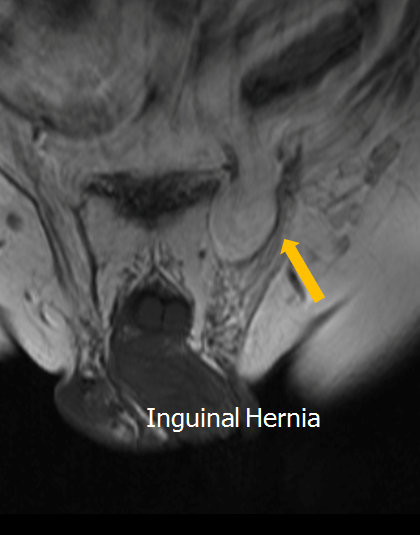The inguinal canal is a normal anatomical passageway that allows communication between the abdominal cavity and groin.
In males, it allows transmission of the vas diffrens along with a number of neurovascular structures, including the ilioinguinal nerve and genital branch of the genitofemoral nerve.
Its boundaries are formed by the aponeurosis of the external oblique muscle anteriorly and the condensation of the aponeurosis of the transversus abdominis and internal oblique posteriorly.
These attach to the inguinal ligament which makes up the floor of the canal
The point where the structures enter the canal is called the deep ring and where they leave is the superficial ring.
These are formed by normal defects in the aponeurotic fascia
Under pathological circumstances, abdominal contents,either bowel or omental fat can enter the canal causing groin pain with or without a palpable lump.
These are called indirect inguinal hernias. Rarely, bowel can become incarcerated leading to acute abdominal pain with the potential for bowel rupture
A direct inguinal hernia is a different entity. These do not enter the inguinal canal via the deep ring but instead push through the posterior wall of the inguinal canal through a pathological defect in the aponeurosis
A different entity is where the posteriorly wall becomes attenuated and hypermobile
The significance of this entity is unclear but it is less often thought of a cause of pain now as in the past. Hypermobile posterior walls are often seen in asymptomatic athletes
There is a second communication between the abdominal cavity and the upper limb via the femoral canal
This lies medial to the femoral vein
Femoral herniation is more common in females
The herniated knuckle of fat or bowel is more likely to incarcerate intros location
